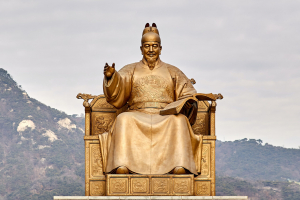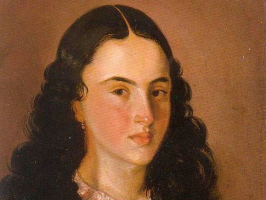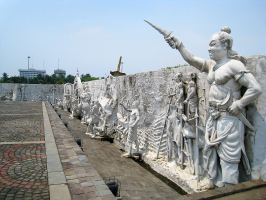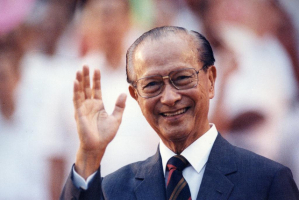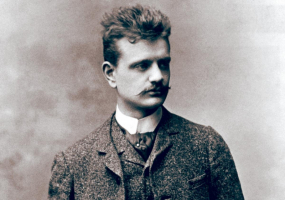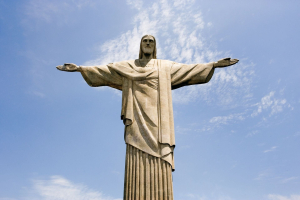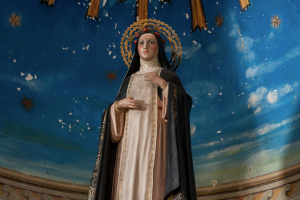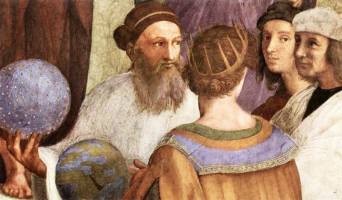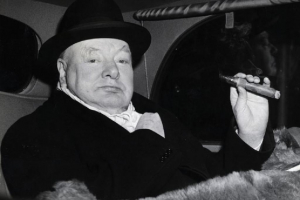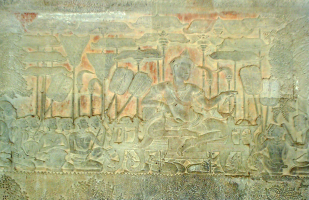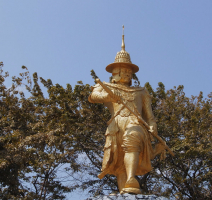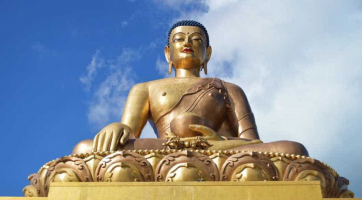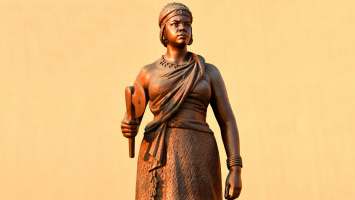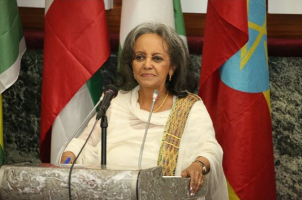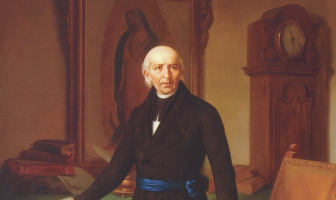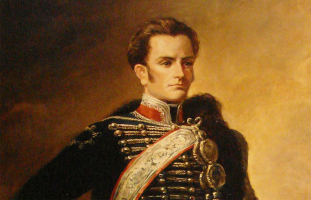Top 10 Most Important Historical Figures In Philippines
Who are the first people who come to mind when asked to name at least three Philippine heroes? Of course, Jose Rizal is the undisputed national hero. There is ... read more...no official list of national historical figures in the Philippines. While an attempt was made, legislators postponed finalizing a list to avoid a flood of proclamations and debates "involving historical controversies about heroes." Nonetheless, textbooks and flashcards have no qualms about imprinting their names on our minds. So in the article, we has compiled the most important historical figures in Philippines.
-
José Rizal was a Filipino physician, poet, and writer who inspired the Philippine nationalist movement. His full name was José Protasio Rizal Mercado y Alonso Realonda. He was born in Calamba, Philippines, on June 19, 1861, and died in Manila on December 30, 1896. He is regarded as one of the most important historical figures in Philippines.
Rizal was born to a wealthy landowner and attended Manila and the University of Madrid. He was a talented medical student who dedicated his life to reforming Spanish rule in the Philippines, though he never advocated for independence. He lived in Europe and wrote the majority of his works between 1882 and 1892.
Rizal's first novel, Noli Me Tangere ("The Social Cancer"), was published in 1887 and was an exposé of the evils of Spanish authority in the Philippines. A sequel, El Filibusterismo (1891, "The Reign of Greed"), cemented his position as the foremost speaker of the Philippine reform movement.
He rose to become the Propaganda Movement's leader, publishing numerous articles in its Barcelona-based journal, La Solidaridad. The integration of the Philippines as a province of Spain, representation in the Cortes (the Spanish parliament), the replacement of Spanish friars with Filipino priests, freedom of assembly and expression, and equality of Filipinos and Spaniards before the law were among Rizal's goals.
Rizal returned to the Philippines in 1892. In Manila, he founded the Liga Filipina, a peaceful reform movement, and was exiled to Dapitan in northwest Mindanao. He lived in exile for the next four years. In 1896, the Katipunan, a secret Filipino nationalist organization, rose up against Spain.
Despite the fact that he had no ties to that organization and had played no role in the uprising, soldiers apprehended and tried Rizal for sedition. He was found guilty and publicly executed by firing squad in Manila. The death of José Rizal convinced Filipinos that independence from Spain was their only option. Rizal wrote the classic 19th-century Spanish poem "Ultimo Adiós" ("Last Farewell") while imprisoned in Fort Santiago on the eve of his execution.
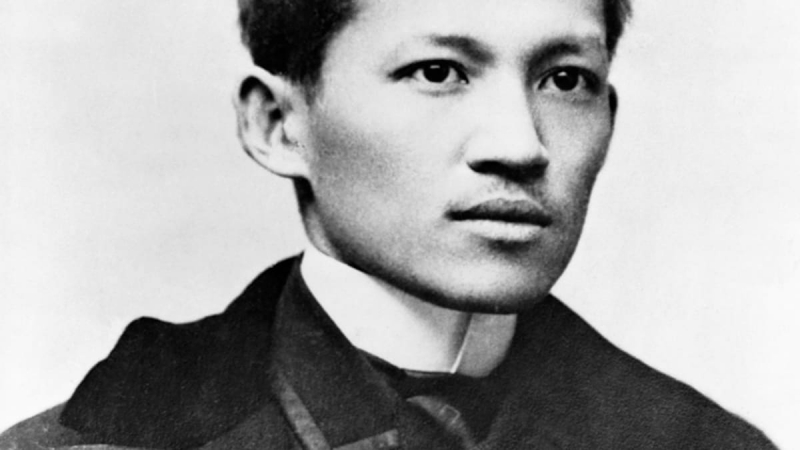
biography.com 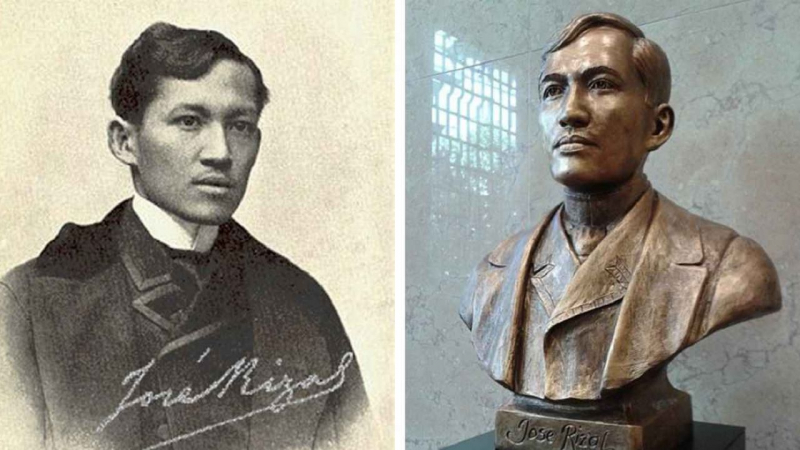
zenrooms.com -
Marcelo Hilario del Pilar y Gatmaitán (August 30, 1850 - July 4, 1896), also known as Marcelo H. del Pilar, was a Filipino writer, lawyer, journalist, and freemason. Del Pilar, along with José Rizal and Graciano López Jaena, rose to prominence as the leaders of Spain's Reform Movement.
Del Pilar was born in and raised in Bulakan, Bulacan. In 1869, he was suspended from the Universidad de Santo Tomás and imprisoned after a disagreement with the parish priest over exorbitant baptismal fees. He expanded his anti-friar movement from Malolos to Manila in the 1880s. He fled to Spain in 1888 after a banishment order was issued against him. He succeeded López Jaena as editor of La Solidaridad twelve months after his arrival in Barcelona (Solidarity). Due to a lack of funds, publication of the newspaper ceased in 1895. He became more supportive of a revolution against Spain after losing faith in reforms. In 1896, he was on his way home when he contracted tuberculosis in Barcelona. He died in a public hospital and was laid to rest in a pauper's grave.
On November 15, 1995, the Technical Committee of the National Heroes Committee, established by former President Fidel V. Ramos through Executive Order No. 5, recommended del Pilar, along with eight other Filipino historical figures, as National Heroes. On November 22, 1995, the recommendations were delivered to Department of Education Secretary Ricardo T. Gloria. There has been no action taken in the case of these recommended historical figures. This issue was revisited in one of the 14th Congress' proceedings in 2009.
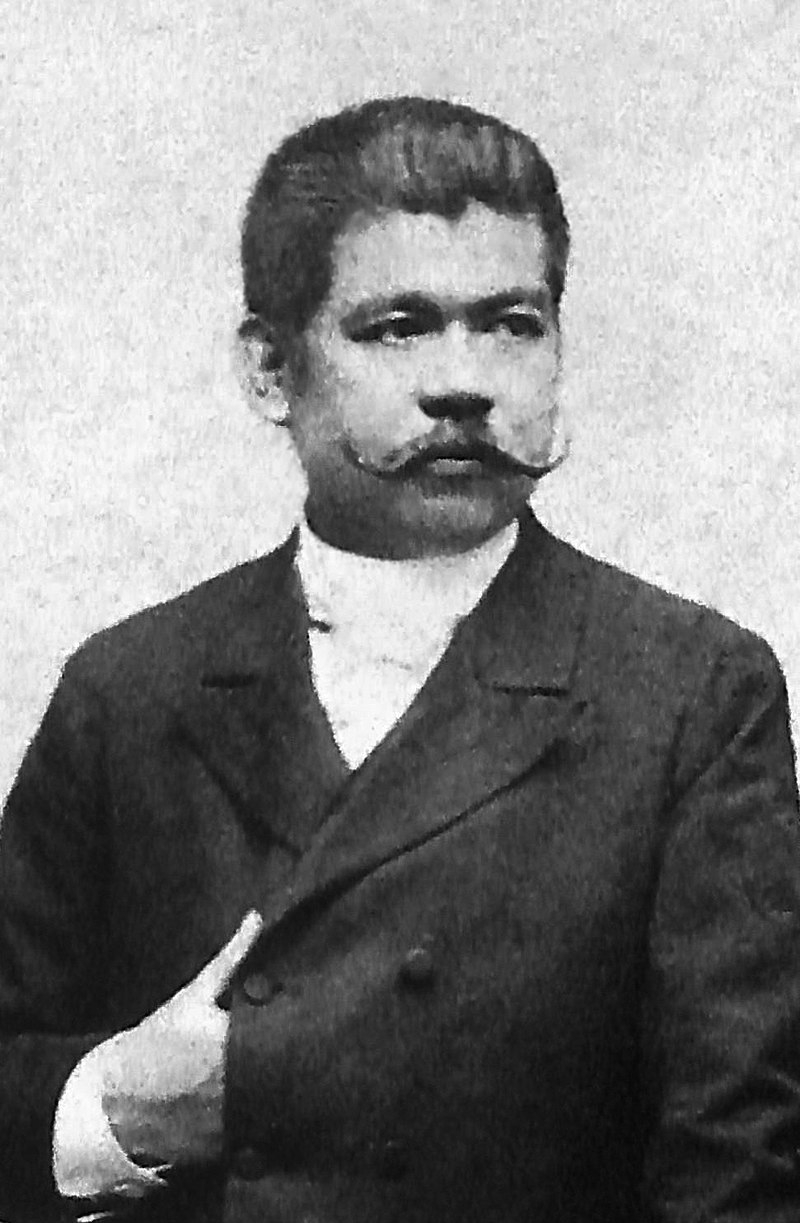
en.wikipedia.org 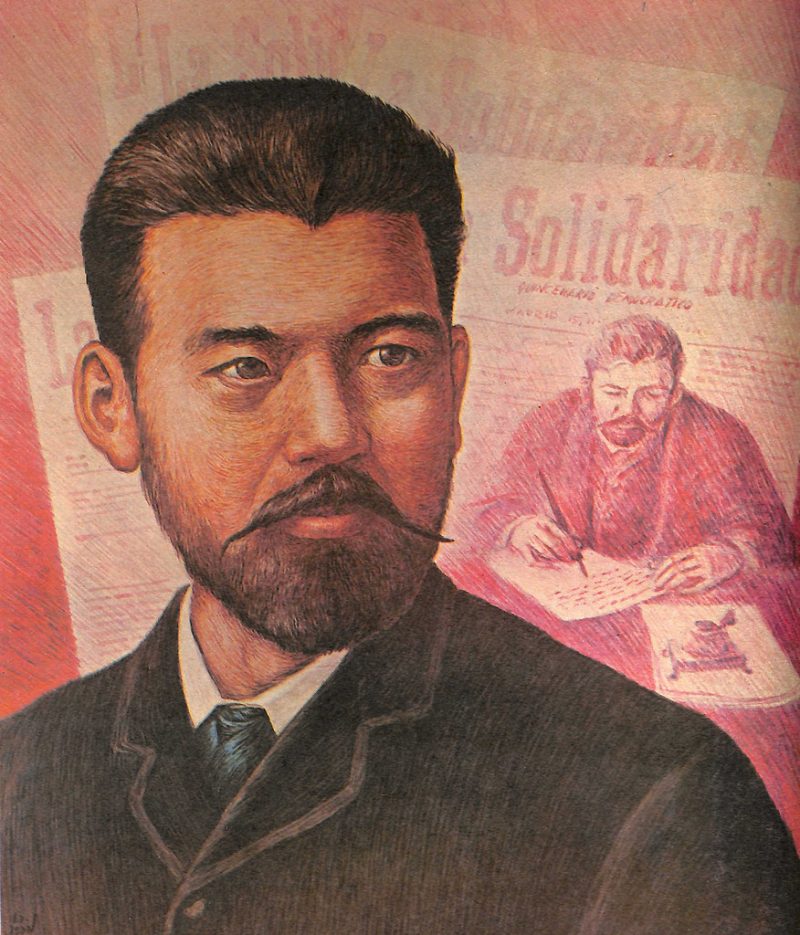
flickr.com -
Melchora Aquino de Ramos (January 6, 1812 - February 19, 1919) was a Filipino revolutionary known as "Tandang Sora" during the Philippine Revolution due to her young age. For her contributions, she was dubbed the "Grand Woman of the Revolution" and the "Mother of Balintawak."
Tandang Sora ran a store in her hometown that became a haven for sick and injured revolutionaries. She fed, treated, and encouraged the revolutionaries with motherly advice and prayers.
In August 1896, she hosted secret meetings of the Katipuneros (revolutionaries). As a result, she was dubbed "Woman of the Revolution," "Mother of Balintawak," "Mother of the Philippine Revolution," and Tandang Sora (Tandang is derived from the Tagalog word matandâ, which means "old"). She and her son, Juan Ramos, were present at the Cry of Balintawak and saw the cedulas being ripped up.
On August 29, 1896, she was arrested by the guardia civil after the Spaniards learned of her activities and knowledge of the whereabouts of the Katipuneros. She was imprisoned in the house of a cabeza de barangay in Pasong Putik, Novaliches, and then transferred to Manila's Bilibid Prison. She was interrogated while in prison, but she refused to reveal any information. On September 2, Governor General Ramón Blanco deported her to Guam, Marianas Islands. She and a woman named Segunda Puentes were placed under house arrest in Guam at the home of Don Justo Dungca.
Tandang Sora, like other exiles, returned to the Philippines after the United States took control of the Philippines in 1898. She died on February 19, 1919, at the age of 107, at the home of her daughter Saturnina in Banlat. Her ashes were first interred at the Veterans of the Revolution Mausoleum in Manila North Cemetery. These were then moved to Quezon City's Himlayang Pilipino Memorial Park in 1970, and finally to the Tandang Sora National Shrine in 2012.
Tandang Sora was honored by having a barangay and a road named after him in Quezon City. From 1967 to 1992, her image appeared on the Philippines' five-centavo coin. She was the first Filipina to appear on a Philippine peso banknote, in this case a 100-peso English Series bill. Tandang Sora Street is named after her in San Francisco, California, USA.
On the occasion of Tandang Sora's 200th birthday in 2012, the Quezon City Local Government decided to relocate her remains from Himlayang Pilipino Memorial Park to the Tandang Sora National Shrine in Quezon City. Tandang Sora Year was also declared by the city government in 2012.
Her descendants have various surnames, with almost all of them living in Quezon City's Novaliches and Tandang Sora districts, as well as in Guam, including Figueroa, Ramos (her husband's surname), Geronimo, Eugenio, Cleofas, and Apo. The BRP Melchora Aquino, a new 97-meter Philippine Coast Guard vessel, was named after her.
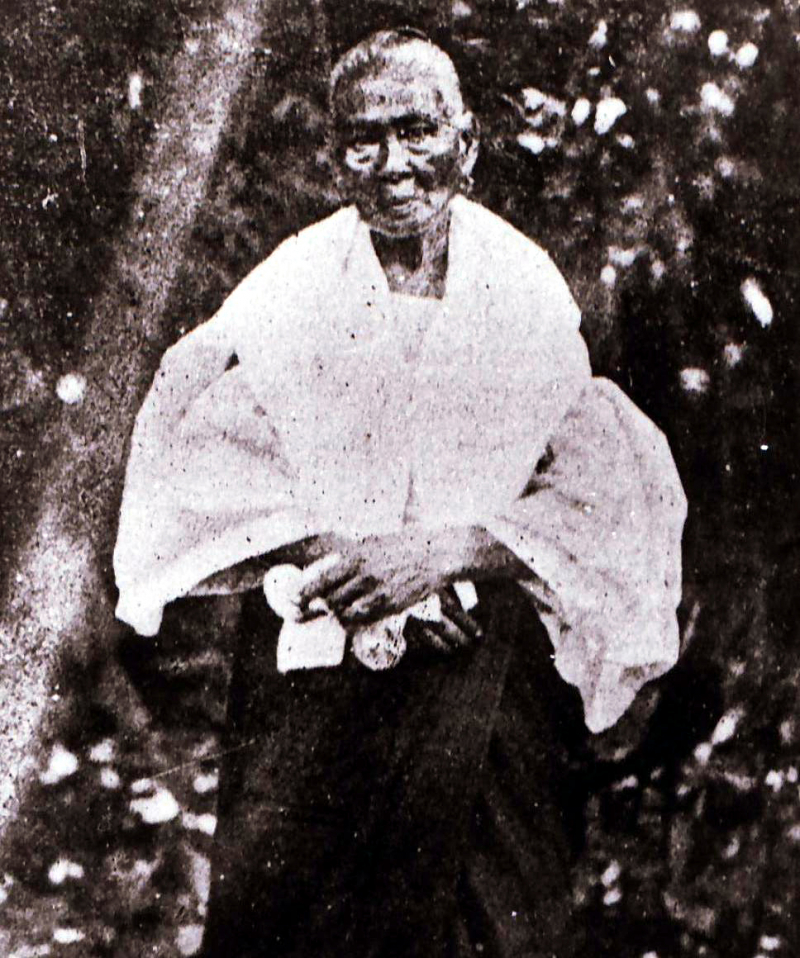
lakansining.wordpress.com 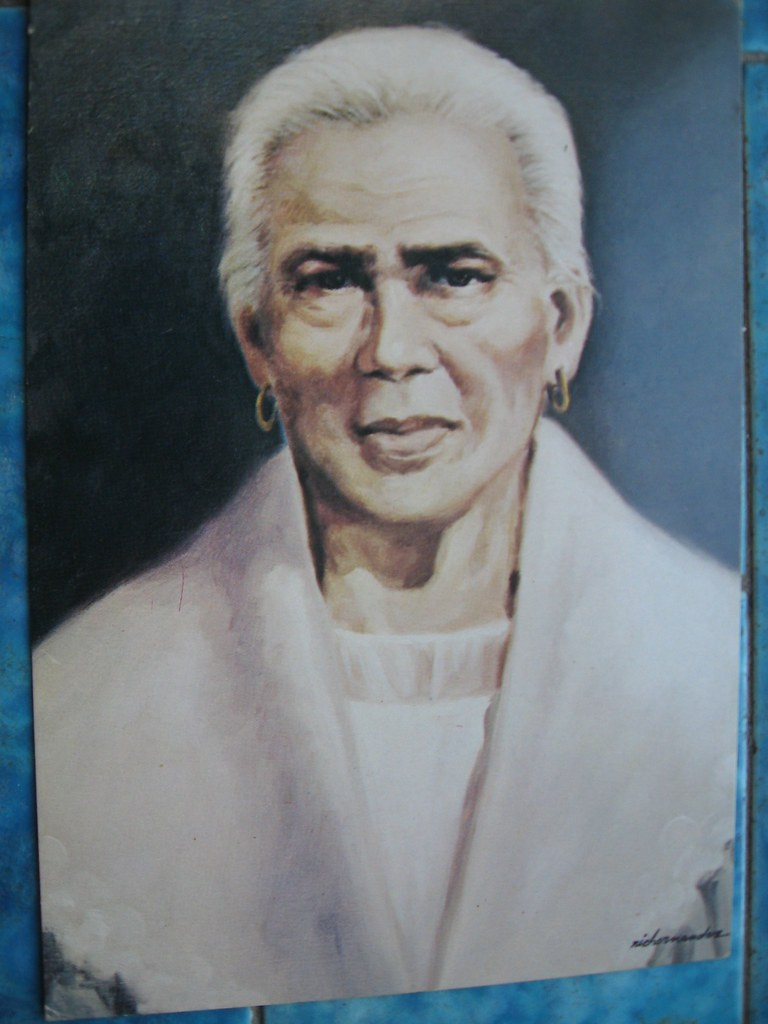
flickr.com -
Apolinario Mabini y Maranan (July 23, 1864 - May 13, 1903) was a Filipino revolutionary leader, educator, lawyer, and statesman who served first as a legal and constitutional adviser to the Revolutionary Government, and then as the Philippines' first Prime Minister upon the establishment of the First Philippine Republic. He is known as the "utak ng himagsikan," or "brain of the revolution," and is a national hero in the Philippines. Mabini's work and ideas on government shaped the Philippines' struggle for independence over the next century.
El Verdadero Decálogo (The True Decalogue, June 24, 1898) and Programa Constitucional de la Repblica Filipina (The Constitutional Program of the Philippine Republic, 1898) were two of his works that aided in the drafting of what became known as the Malolos Constitution. Despite losing both of his legs to polio shortly before the Philippine Revolution of 1896, Mabini carried out all of his revolutionary and governmental activities.
Mabini's role in Philippine history saw him face first Spanish colonial rule during the early days of the Philippine Revolution, and then American colonial rule during the Philippine-American War. Mabini was captured and exiled to Guam by American colonial authorities, and he was only allowed to return two months before his death in May 1903.
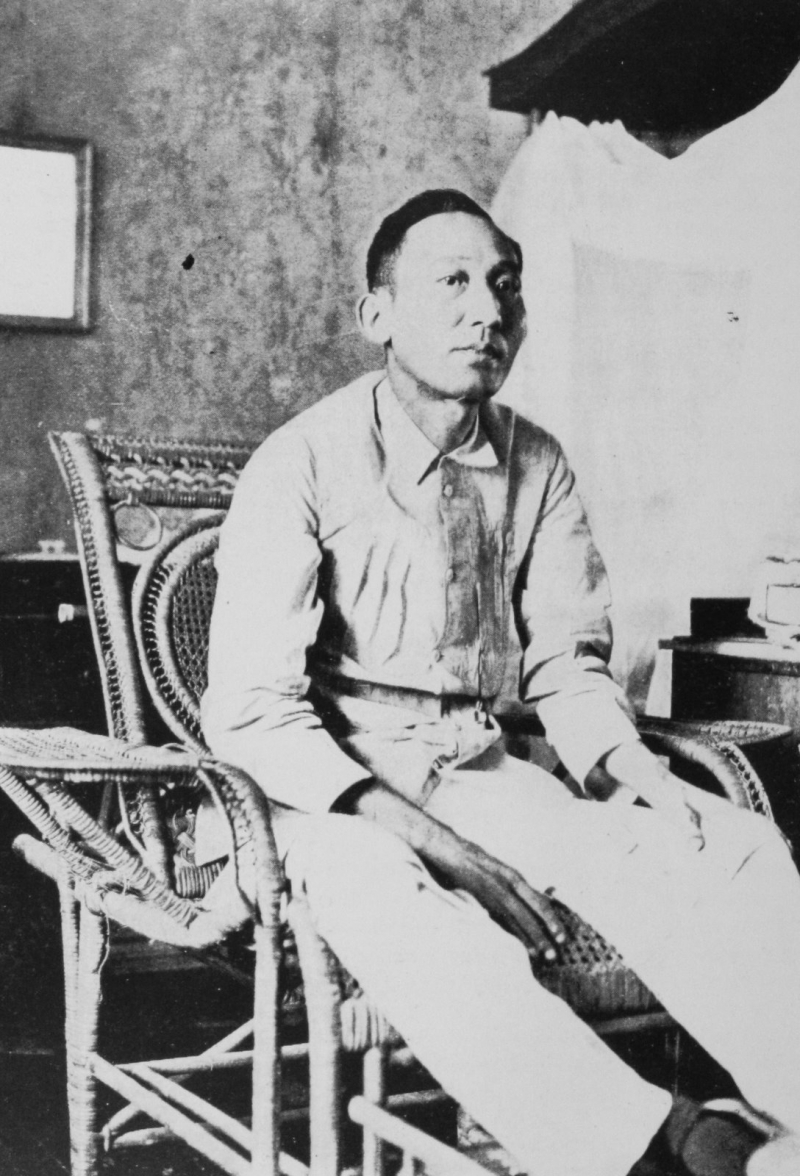
no.wikipedia.org 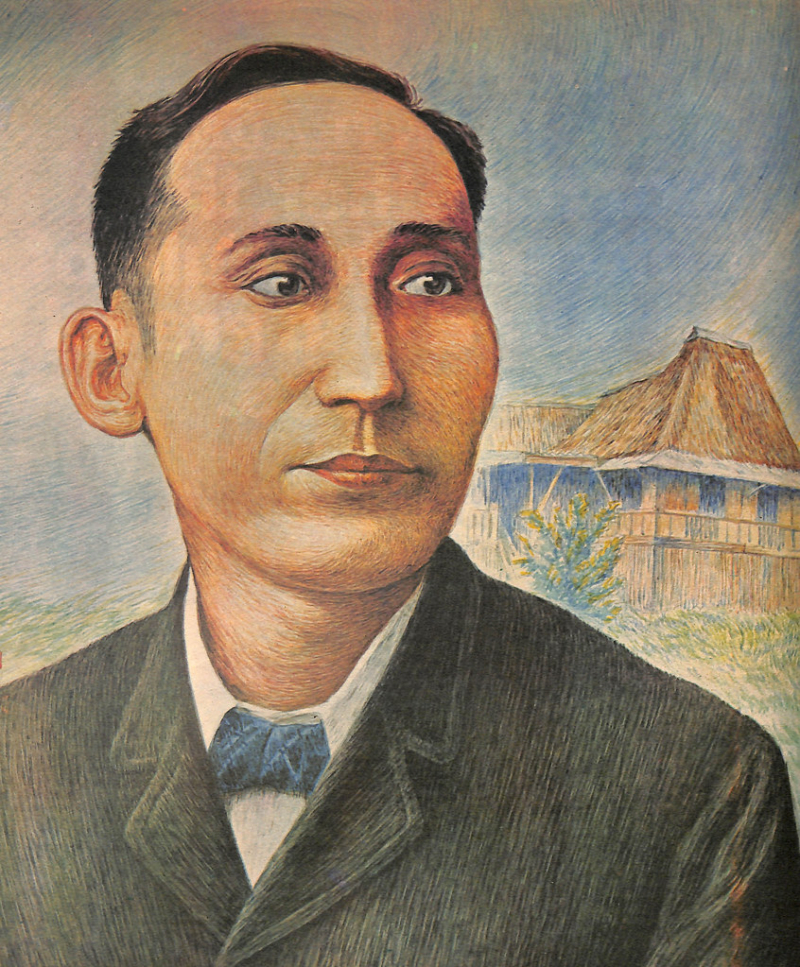
flickr.com -
Josefa Madamba Llanes Escoda (September 20, 1898 - January 6, 1945) was a Filipino social worker, civic leader, World War II heroine and suffragette. She is most famously known for campaigning women's suffrage and as the founder to the Girl Scouts of the Philippines.
She is commemorated, along with José Abad Santos and Vicente Lim, on the Philippines' 1,000-peso banknote, which depicts Filipinos who fought and died resisting Japanese occupation of the Philippines during WWII at the Far Eastern University in Manila.
Japanese forces invaded the Philippines during WWII. By 1944, word of Josefa Llanes Escoda's and her husband Antonio's underground activities had spread. As the Japanese Army advanced deeper into the country, the couple's activities of supplying medicine, food, clothing, and messages to both Filipino war prisoners and American internees in concentration camps intensified.
Antonio was arrested for the first time in June 1944, and Josefa Llanes Escoda was arrested two months later on August 27, 1944. She was imprisoned in Fort Santiago, the same prison where her husband, General Vicente Lim, was imprisoned with him, was executed in 1944. Josefa Llanes Escoda was then kidnapped and imprisoned in one of Far Eastern University's occupied buildings on January 6, 1945. On January 6, 1945, she was last seen alive, severely beaten and weak, being transferred into a Japanese transport truck. It is assumed that she was executed and buried in an unmarked grave in the La Loma Cemetery or the Manila Chinese Cemetery, both of which were used by Japanese forces as execution and burial grounds for thousands of Filipinos who resisted the Japanese occupation.
A street and a building were named after her, and a monument was erected in her honor. The Apayao-Ilocos Norte Road is also named after her, and she is depicted on the current 1000-peso bill as one of three Filipinos martyred by the Japanese Armed Forces.
Every September 20, the Girl Scouts of the Philippines honor Josefa Llanes Escoda by celebrating her birth anniversary with activities that raise awareness of her martyrdom and contribution to youth development.
On September 20, 2018, a Google Doodle was created to commemorate her 120th birthday.
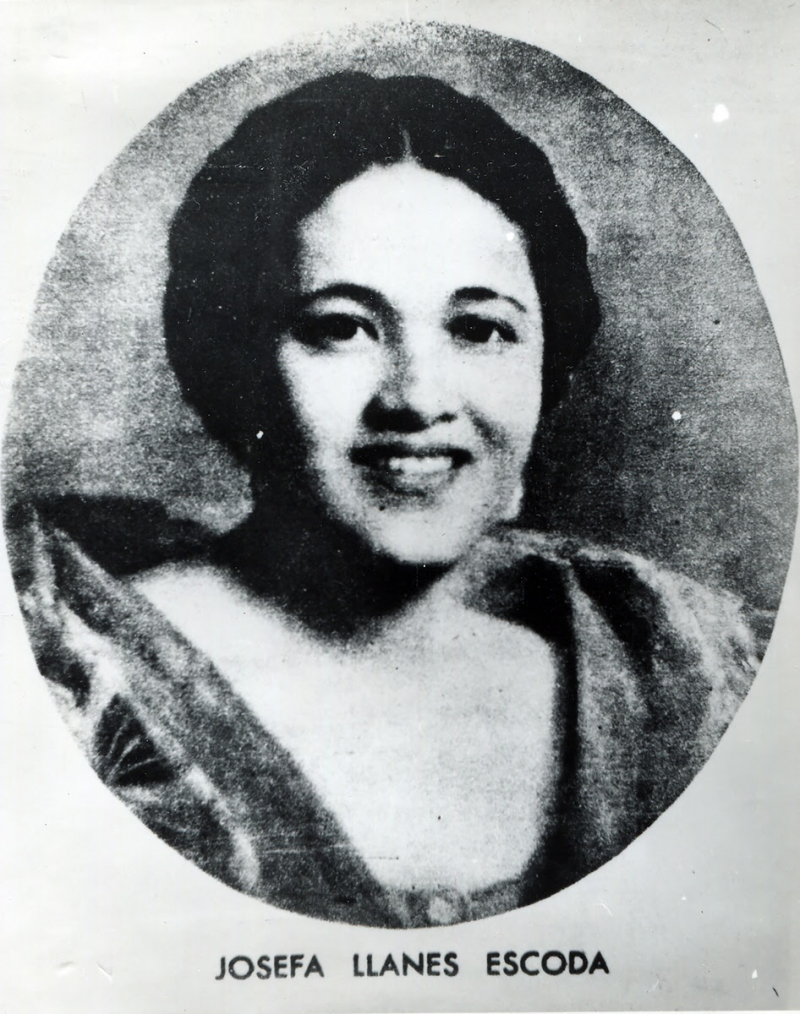
artsandculture.google.com 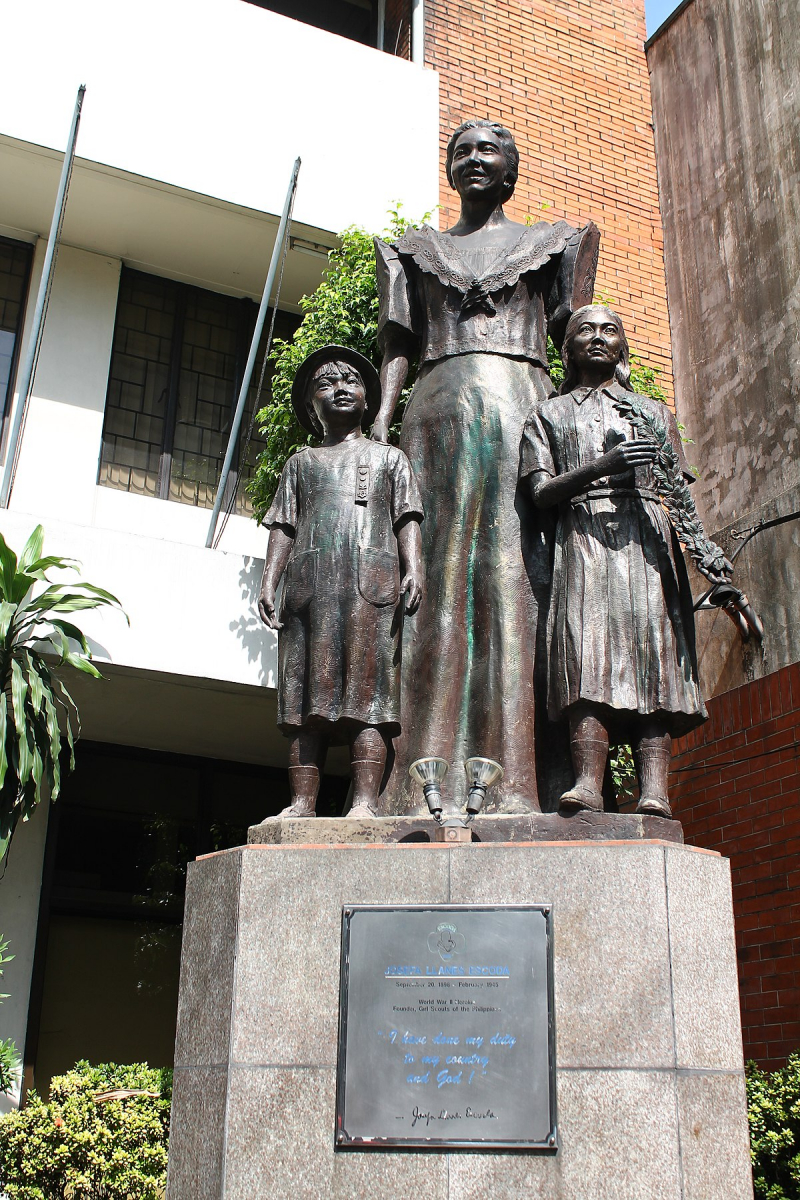
en.wikipedia.org -
Andres Bonifacio (1863-1897) founded and led the nationalist Katipunan organization, which led the August 1896 revolution against the Spanish. Now along with Emilio Aguinaldo, Apolinario Mabini... he is regarded as one of the most important historical figures in Philippines.
Before becoming involved in revolutionary activity, Bonifacio had little formal education and worked as a messenger and warehouse keeper. Nonetheless, he was an avid reader. Unlike José Rizal, who fought to reform Spanish rule in the Philippines, Bonifacio advocated for complete independence. In 1892, he founded the Katipunan in Manila, modeled after the Masonic order's organization and ceremony.
In August 1896, Bonifacio led the long-planned insurgency in Luzon, but his men were defeated by Spanish troops, forcing him to flee to Montalban in the north, where one of his lieutenants, Emilio Aguinaldo, continued the fight.
As the Spanish crushed the insurgency, it became clear that Bonifacio was an inept military commander. Aguinaldo, not Bonifacio, was named president of a new Philippine republic at a conference in Tejeros in March 1897. After refusing to accept the decision, Bonifacio attempted to form his own rebel government. Andres Bonifacio was executed Philippines.quad after being apprehended and tried for treason by Aguinaldo in April 1897.
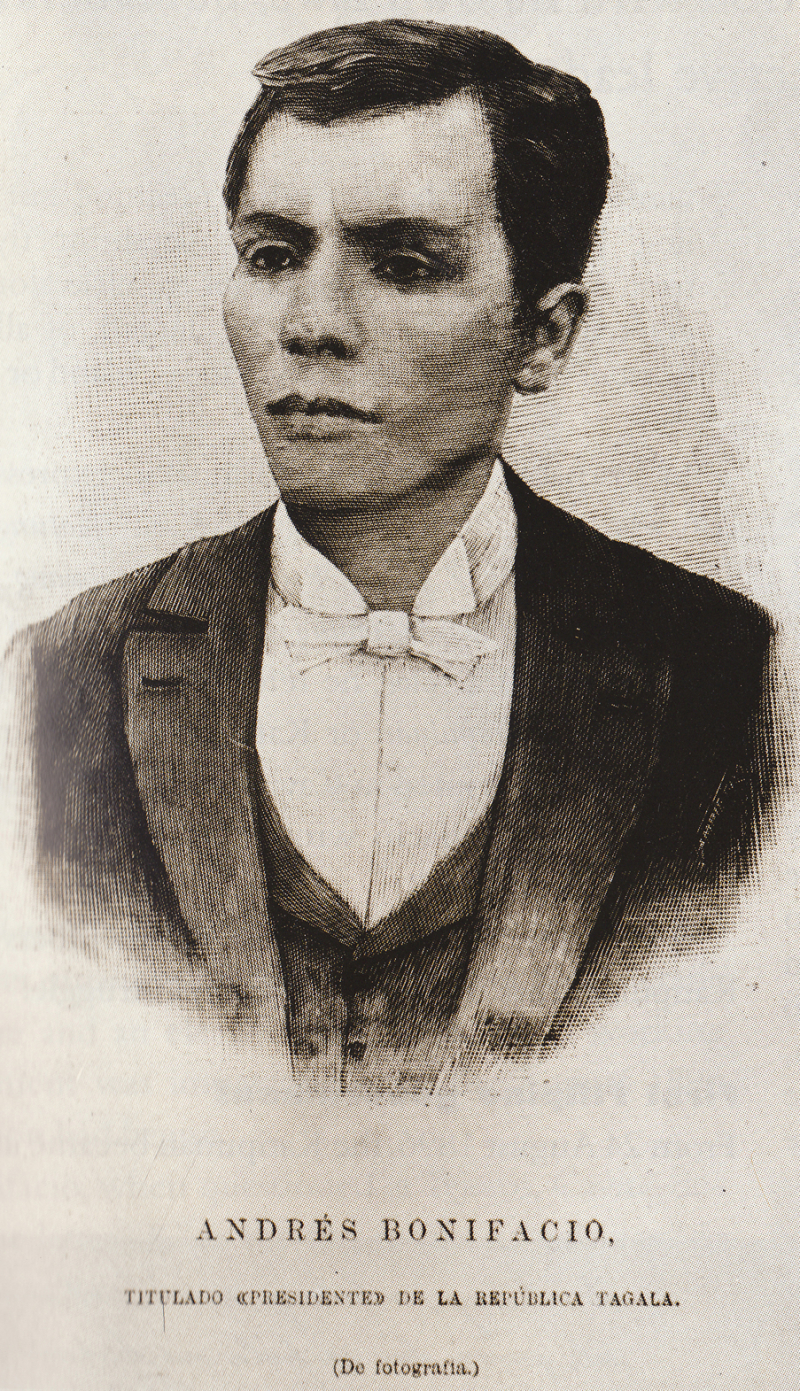
vi.wikipedia.org 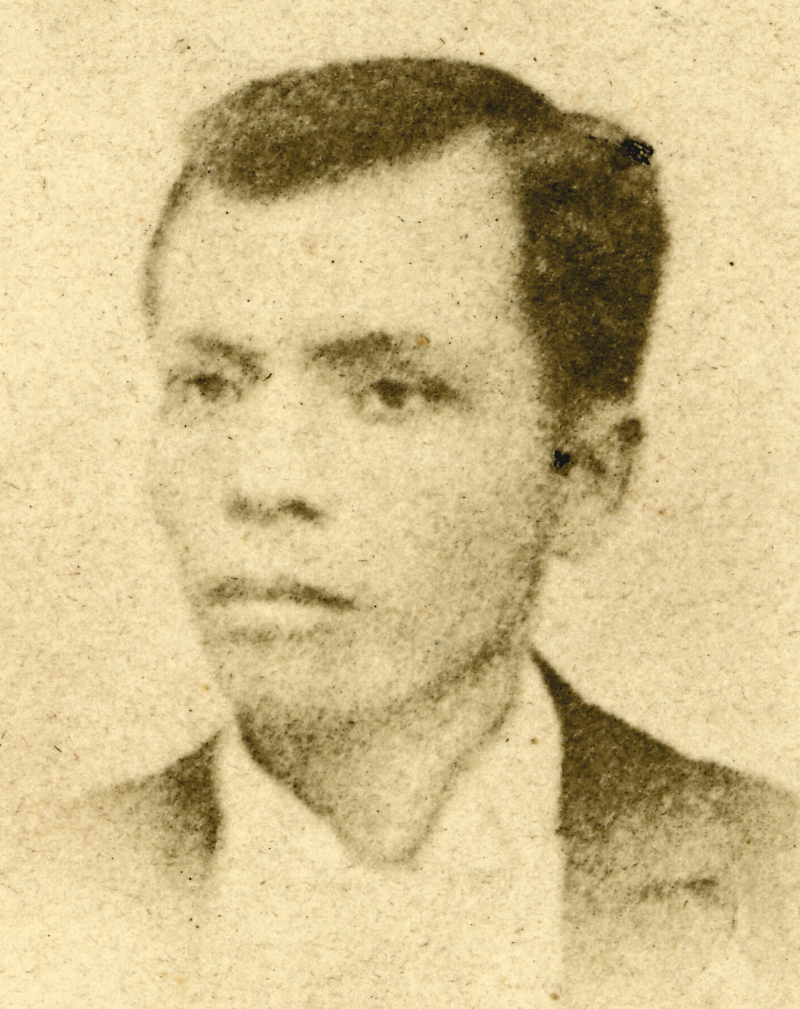
en.wikipedia.org -
Emilio Aguinaldo (1869-1964) was a Filipino leader and politician who fought for the independence of the Philippines from Spain and then from the United States.
Aguinaldo was born to Chinese and Tagalog parents. He was the local leader of the Katipunan, a revolutionary movement that fiercely opposed the Spanish, and was elected mayor of Cavite Viejo (now Kawit) in August 1896.
He and the Spanish governor general signed the Biac-na-Bató Pact in December 1897. In exchange for a large cash payment from Spain and the promise of liberal reforms, Aguinaldo agreed to leave the Philippines and live in exile for the rest of his life. While in exile, he made plans to return to the Philippines to aid the Americans in their war against Spain.
Aguinaldo returned to the Philippines on May 19, 1898, and declared a new rebellion against Spain. The Filipinos declared independence from Spain on June 12, 1898, and established a provisional republic, with Aguinaldo as president. A revolutionary assembly met in September and declared Filipino independence. Spain, on the other hand, gave the Philippines, along with Puerto Rico and Guam, to the United States.
Tensions between Americans and Filipinos rapidly grew. On January 23, 1899, the Malolos Constitution, which declared the Philippines a republic and was accepted by both the legislature and Aguinaldo, was proclaimed. After serving as president of the interim government, Aguinaldo was elected president.
On February 4, the anticipated conflict between Americans and Filipinos erupted in Manila. By the morning of February 5, the Filipinos, who had fought valiantly, had been defeated on all fronts.
After three years of costly fighting, what remained of the insurgency was finally put down on March 23, 1901, when Aguinaldo was apprehended in his hidden headquarters at Palanan in northern Luzon in an operation led by Gen. Frederick Funston. Aguinaldo took an oath of allegiance to the US, received a government pension, and retired to private life.
President Elpidio Quirino appointed Aguinaldo to the Council of State after the country's independence. In his final years, Emilio Aguinaldo's contributions included the promotion of Philippine nationalism and democracy, as well as the development of relations between the Philippines and the United States.
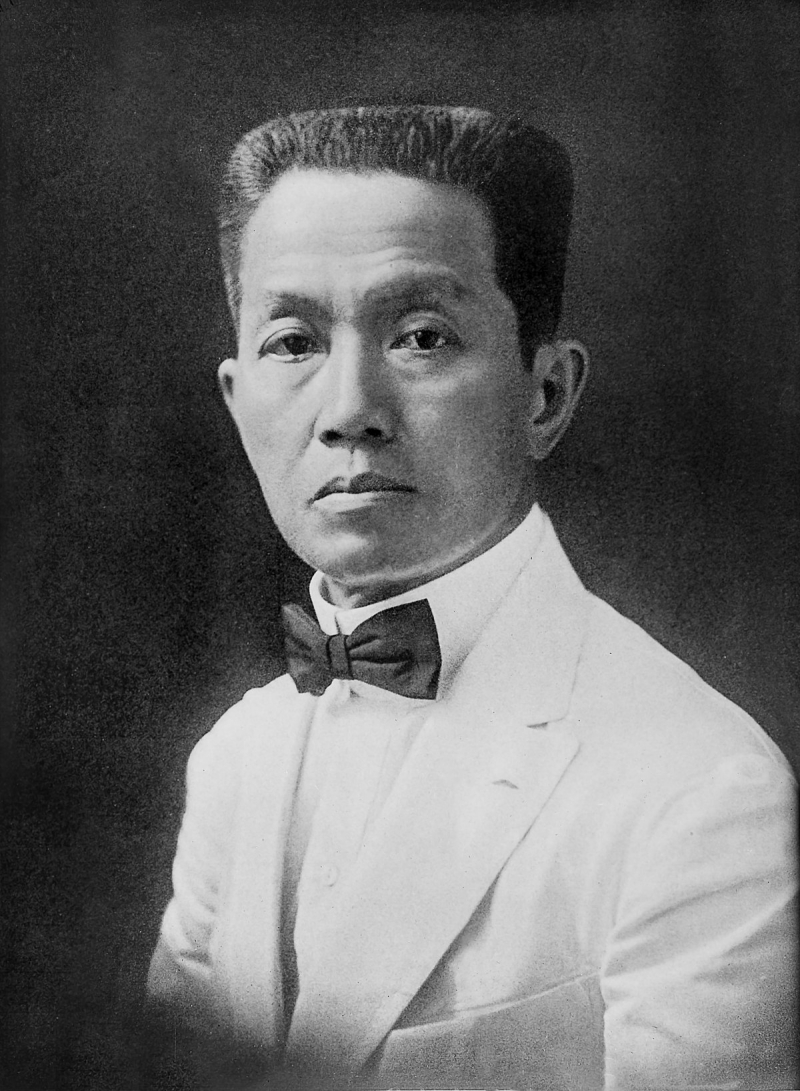
vi.wikipedia.org 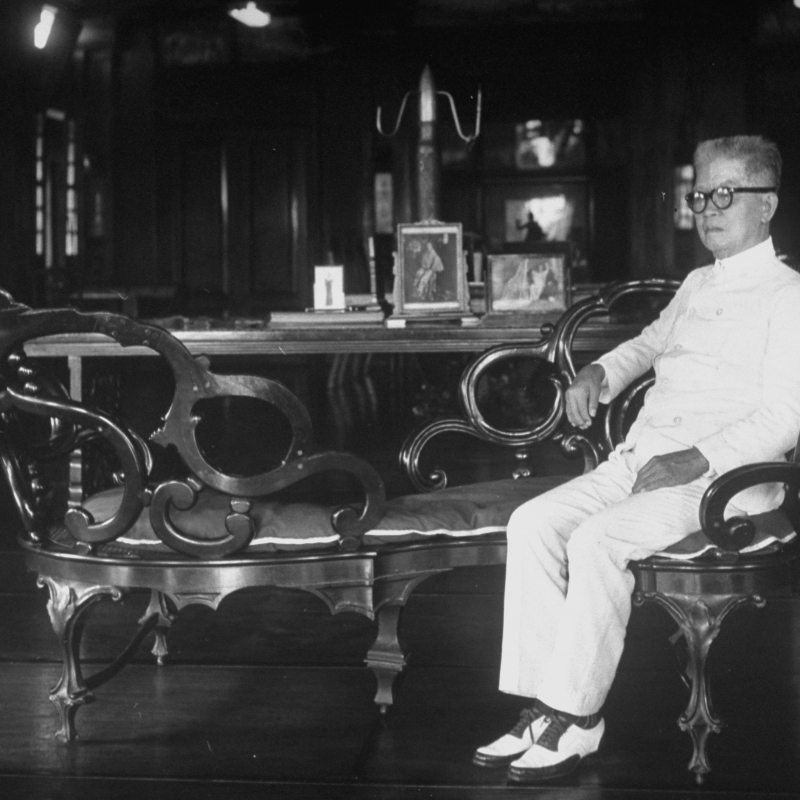
thoughtco.com -
From 1619 to 1671, Muhammad Dipatuan Kudarat (1581-1671) was the 7th Sultan of Maguindanao. Like the other Muslim rulers in the southern Philippines, he successfully fought off Spanish invasions and halted the spread of Catholicism on the island of Mindanao during his reign. He was a direct descendant of Shariff Kabungsuwan, a Johor Malay-Arab noble who brought Islam to Mindanao in the 13th and 14th centuries. He is remember as one of the most important historical figures in Philippines. The Sultan Kudarat province is named after him, as is the Sultan Kudarat municipality in Maguindanao, where his descendants, who hold the rank of Datu, are current political leaders.
The Sultan died of old age in 1671, after reigning for more than fifty years. In his final years, Muhammad Dipatuan Kudarat was regarded as a "holy" man. He was actually a learned man in Islamic jurisprudence Fiqh and was regarded as one of the best Panditas of the reign. He was a deeply religious man who carried out all of his Islamic obligations. He was unfailingly brave and gracious in victory. Nasir ud-Din, which means "Helper of the Faith," was his regal name. In Simuay, he is buried near a sea embankment.
He died at the age of 90, and his grandchildren always referred to him as Nasir ud-Din. Even to this day, he is remembered fondly in Mindanao.
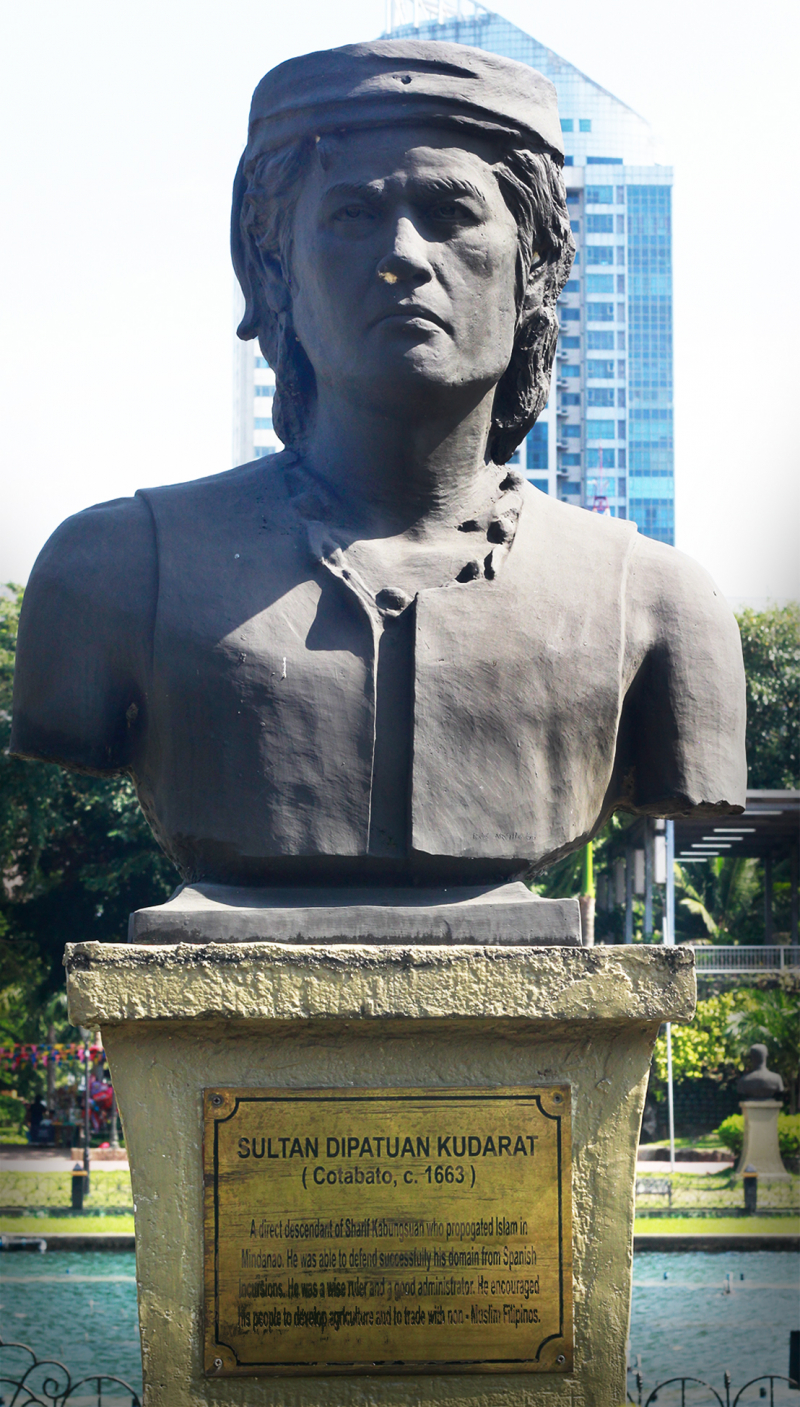
en.m.wikipedia.org 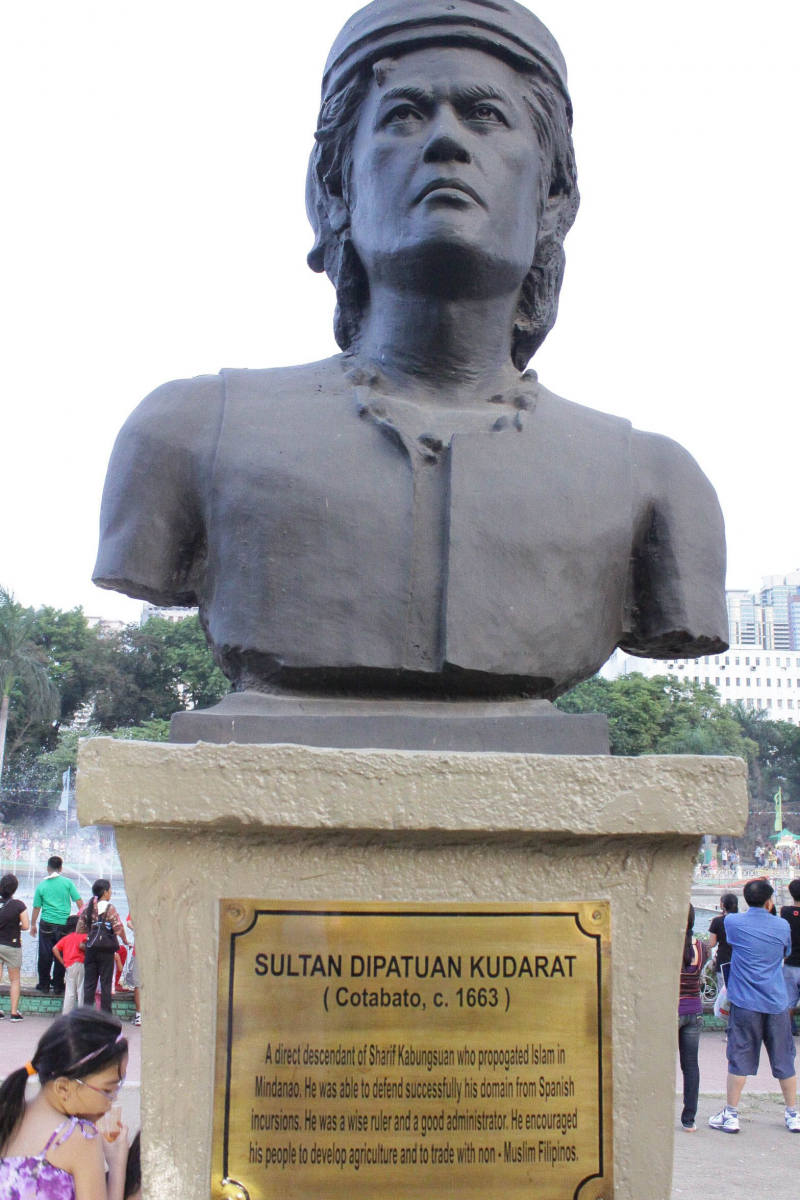
pinterest.com -
Juan Luna de San Pedro y Novicio Ancheta (October 23, 1857 - December 7, 1899) was a Filipino painter, sculptor, and political activist of the Philippine Revolution during the late nineteenth century. He was one of the first known Filipino artists.
His gold medal at the 1884 Madrid Exposition of Fine Arts, along with the silver medal of fellow Filipino painter Félix Resurrección Hidalgo, prompted a celebration that was a major highlight in the memoirs of Propaganda Movement members, with fellow Ilustrados toasting to the two painters' good health and the brotherhood between Spain and the Philippines.
Luna was regarded for his work in the style of European academies of the time, painting literary and historical scenes, some with an undercurrent of political commentary. His allegorical works were influenced by classical balance and frequently depicted figures in theatrical poses.
He traveled to Hong Kong and died there from Cardiac Arrest on December 7, 1899. His remains were buried in Hong Kong before being exhumed and kept in Andrés Luna's house until 1920, when they were moved to a niche in the Crypt of San Agustin Church in the Philippines. Juan was reinstated as a world-renowned artist five years later, and his final major work, Peuple et Rois, was acclaimed as the best entry to the Saint Louis World's Fair in St. Louis, Missouri. During World War II, some of his paintings were destroyed by fire.
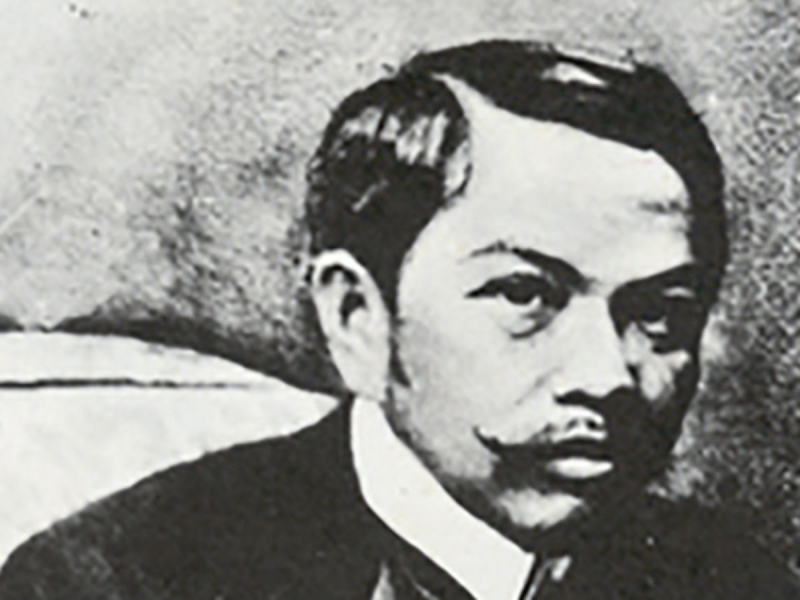
philnews.ph 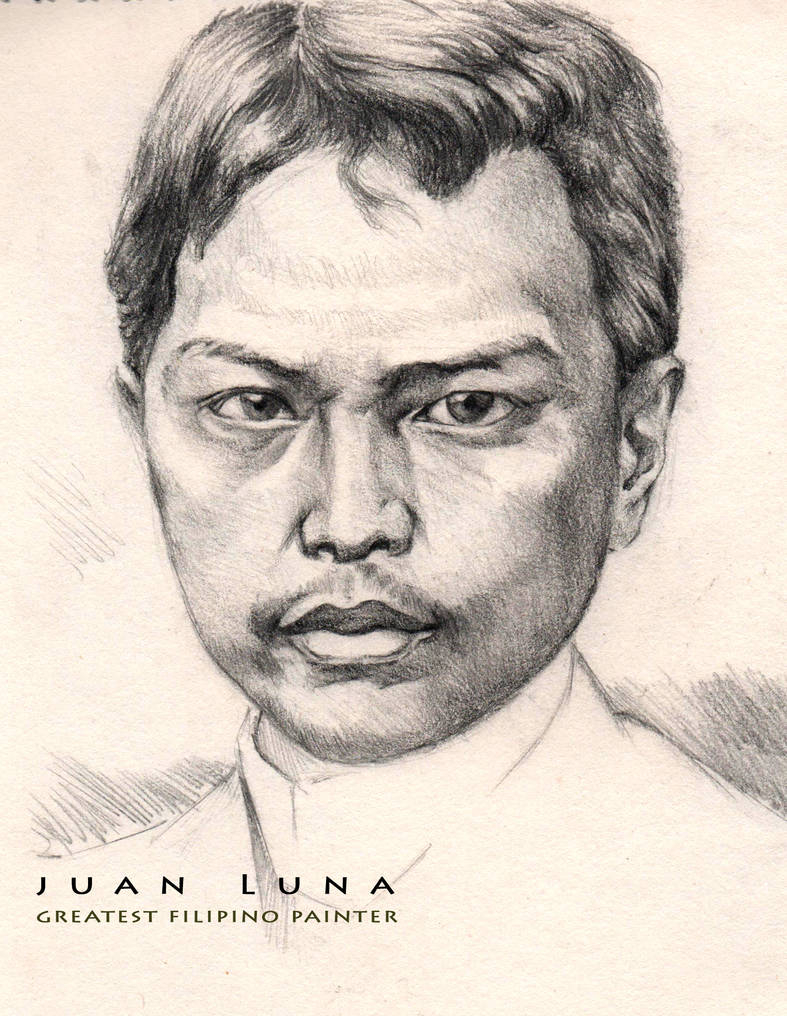
deviantart.com -
Mara Josefa Gabriela Cario de Silang (March 19, 1731 - September 20, 1763) was a Filipino military leader best known as the female leader of the Ilocano independence movement from Spain. She took over after her second husband, Diego Silang, was assassinated in 1763, and led her people for four months before being captured and executed by the Captaincy General of the Philippines' colonial government.
Among the most important historical figures in Philippines, she is known as the "Joan of Arc of Ilocandia." The Order of Gabriela Silang is the Philippines' only third-class national decoration that is restricted to women. In her honor, the Gabriela Women's Party ("General Assembly Binding Women for Reforms, Integrity, Equality, Leadership, and Action") was founded in April 1984 to advocate for women's rights and issues. She is commemorated by the BRP Gabriela Silang (OPV-8301). Eleanor Helin discovered asteroid 7026 Gabrielasilang in Palomar in 1993, and it is named after her. The Minor Planet Center published the official naming citation on November 8, 2019. (M.P.C. 118218).
Tanya Gomez played Silang in the ABS-CBN TV series Bayani in the 1996 episodes "Gabriela Silang: Ang Alap" and "Diego Silang: Ang Sulat." Kris Bernal portrayed Silang in the 2013 GMA Network historical drama series Indio, and Glaiza de Castro portrayed her in the GMA News TV television romance anthology Wagas.

mybalitz.com 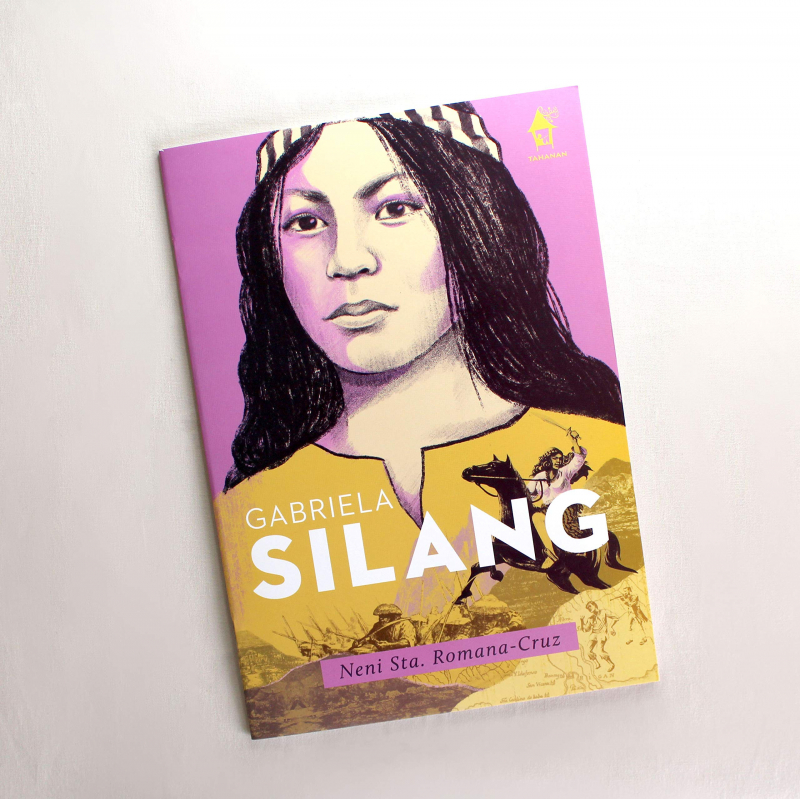
amazon.com













